😗😁
Jizai Arms.
“Half a century since the concept of a cyborg was introduced, Jizai-bodies (digital cyborgs), enabled by the spread of wearable robotics, are the focus of much research in recent times,” states the company’s website.
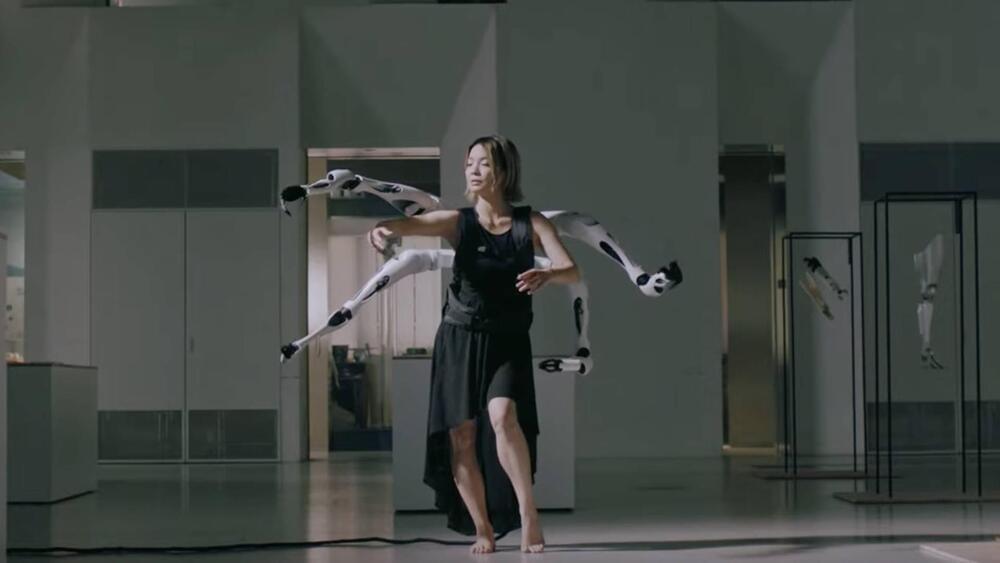
Discover the fascinating world of digital immortality and the pivotal role artificial intelligence plays in bringing this concept to life. In this captivating video, we delve into the intriguing idea of preserving our consciousness, memories, and personalities in a digital realm, potentially allowing us to live forever in a virtual environment. Unravel the cutting-edge AI technologies like mind uploading, AI-powered avatars, and advanced brain-computer interfaces that are pushing the boundaries of what it means to be alive.
Join us as we explore the ethical considerations, current progress, and future prospects of digital immortality. Learn about the ongoing advancements in brain-computer interfaces such as Neuralink, AI-powered virtual assistants like ChatGPT, and the challenges and opportunities that lie ahead. Will digital immortality redefine humanity’s relationship with life, death, and existence itself? Watch now to uncover the possibilities.
Keywords: digital immortality, artificial intelligence, mind uploading, AI-powered avatars, brain-computer interfaces, Neuralink, ChatGPT, virtual afterlife, eternal life, neuroscience, ethics, virtual reality, consciousness, future of humanity.
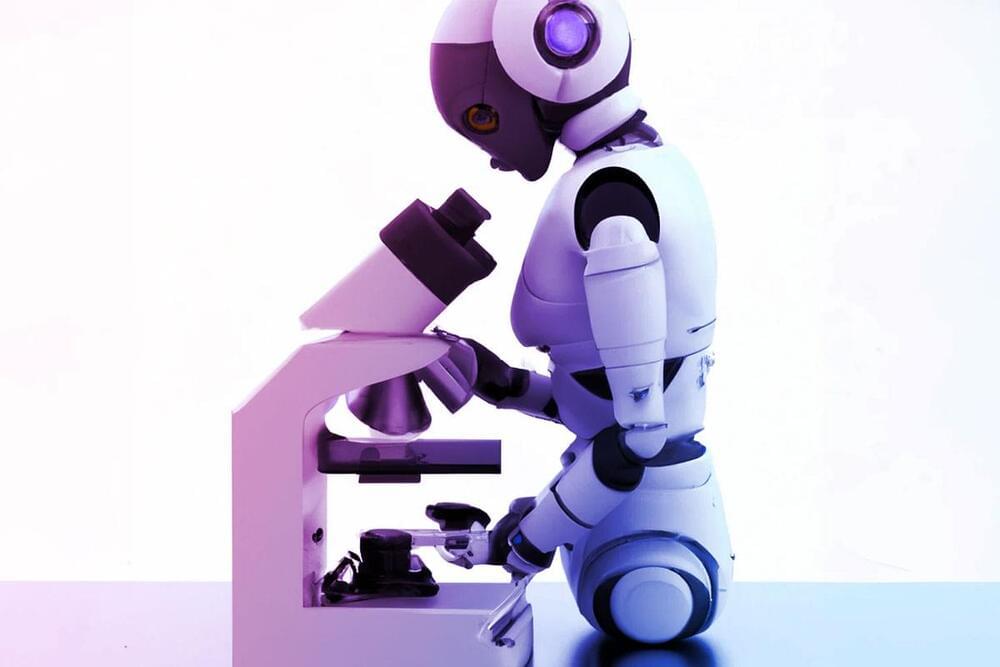
New research by biotech Integrated Biosciences and scientists from MIT and the Broad Institute of MIT and Harvard has demonstrated the potential of AI in discovering novel senolytic compounds.
Longevity. Technology: Senolytics are small molecules that suppress age-related processes such as fibrosis, inflammation and cancer. They target senescent cells – the so-called ‘zombie’ cells that are no longer dividing, emit toxic chemicals and are a hallmark of aging. Senescent cells have been linked to various age-related diseases, including cancer, cardiovascular disease, diabetes and Alzheimer’s disease, but senolytic compounds can tackle them by selectively inducing apoptosis or programmed cell death in these zombie cells. This new research reduced the number of senescent cells and lowered the expression of senescence-associated genes in aged mice, results which, the authors say “underscore the promise of leveraging deep learning to discover senotherapeutics” [1].
The AI-guided screening of more than 800,000 compounds led to the identification of three drug candidates, which, when compared with senolytics currently under investigation, were found to have comparable efficacy and superior medicinal chemistry properties [1].
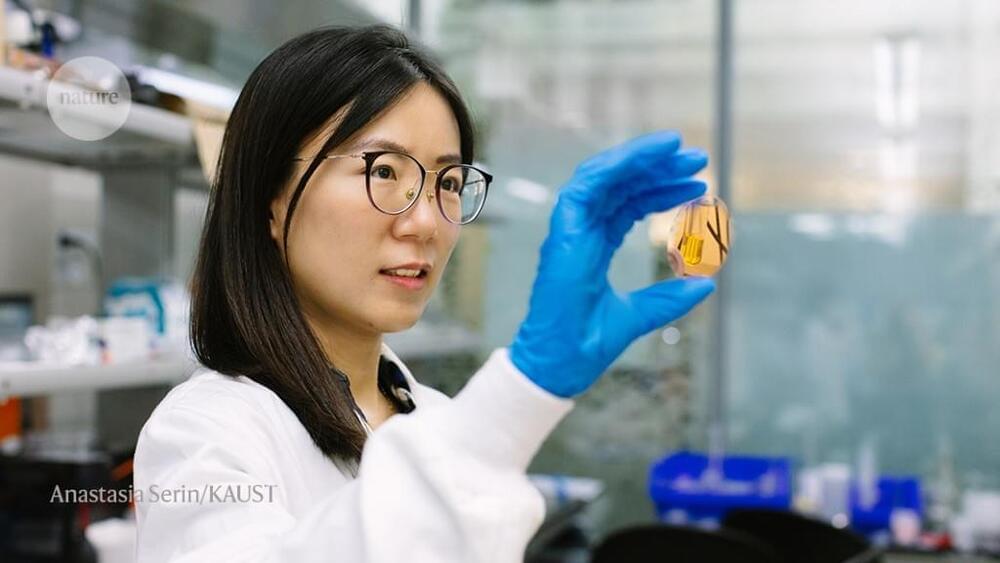
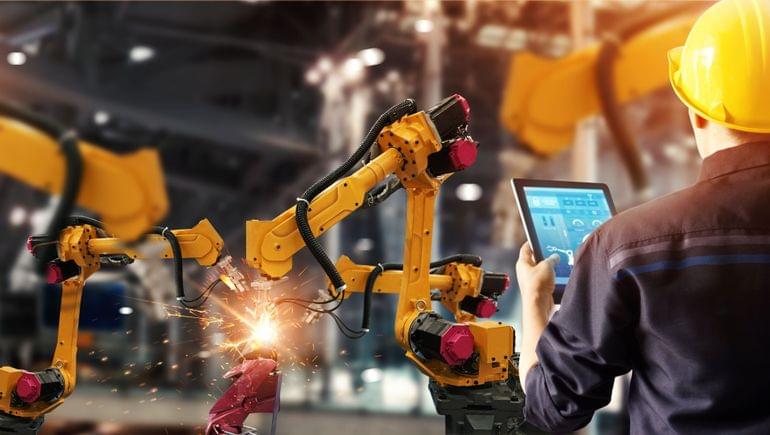
AI is poised as a way to address many of the hazardous elements of manufacturing workplaces. The technology can help limit employees’ exposure to loud environments, unwieldy machinery and dangerous tasks by streamlining processes and helping workers focus on less physically risky activities.
In manufacturing, many of AI’s potential benefits are concentrated in replacing the cause of the most common workplace injuries. These include “musculoskeletal disorders, mainly from overexertion in lifting and lowering, and being struck by powered industrial trucks and other materials handling equipment,” according to an OSHA spokesperson.
There are several ways to reduce those points of risk, with the most dangerous manufacturing tasks standing to benefit the most.

The U.S. Surgeon General has released an advisory alerting the public at large that loneliness has become an epidemic and represents an urgent public health concern. You might be tempted to think that this advisory is somewhat over the top and that loneliness is merely something that we all need to contend with from time to time. It seems obvious that loneliness happens. It seems obvious that loneliness is challenging.
Why should the nation’s highest official public health advisor make such a seemingly outsized clamor over a matter that we take for granted and assume is a natural part of living our lives?

The following statement is utterly ludicrous. It is also true. The world’s most important advanced technology is nearly all produced in a single facility. What’s more, that facility is located in one of the most geopolitically fraught areas on earth—an area in which many analysts believe that war is inevitable within the decade.
The future of artificial intelligence hangs in the balance.
TSMC’s chip fabrication facilities, or “fabs”—the buildings where chips are physically built—sit on the western coast of Taiwan, a mere 110 miles from mainland China.
Today, Taiwan and China are nearer to the brink of war than they have been in decades. With tensions escalating, China has begun carrying out military exercises around Taiwan of unprecedented scale and intensity. Many policymakers in Washington predict that China will invade Taiwan by 2027 or even 2025.
A China/Taiwan conflict would be devastating for many reasons. One underappreciated consequence is that it would paralyze the global AI ecosystem. Put simply, the entire field of artificial intelligence faces an astonishingly precarious single point of failure in Taiwan. Amid all the fervor around AI today, this fact is not widely enough appreciated. If you are working on or interested in AI, you need to be paying attention.
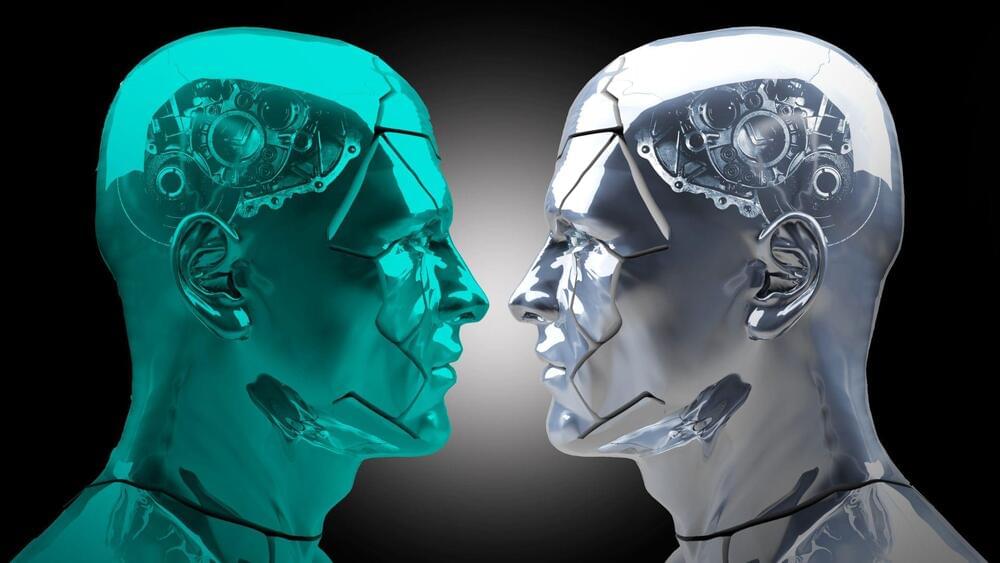
The search engine giant is planning to make Google more “visual, snackable, personal, and human” with AI.
Google has disclosed its aims to improve its search engine’s usability and attractiveness to young people throughout the world.
The Wall Street Journal reported on Saturday that the action was taken in response to the rising popularity of artificial intelligence (AI) programs like OpenAI’s ChatGPT, which may have a substantial effect on how society and businesses are run.
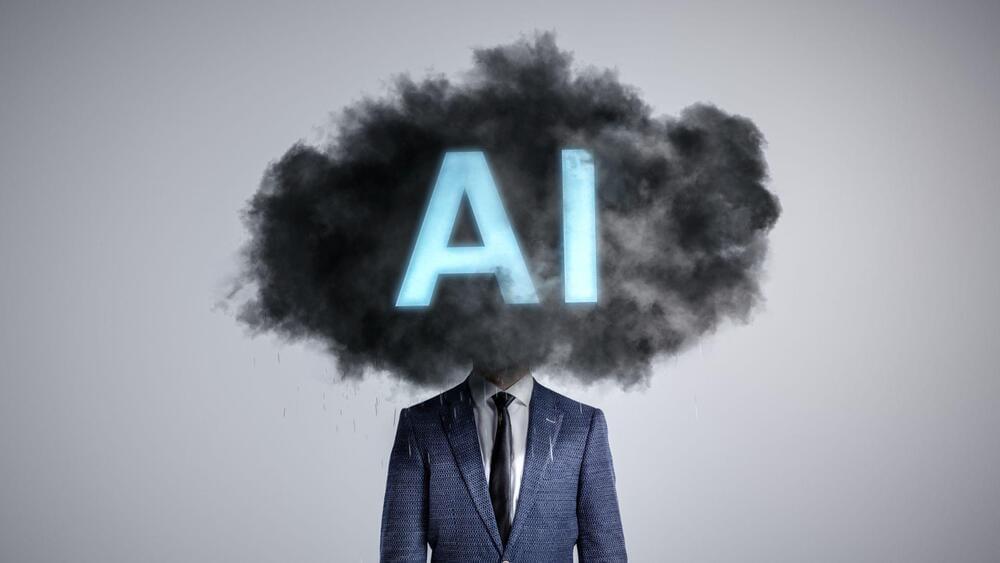
Despite the acute and never-ending need, these workers and other professionals in the field are paid very little, with no benefits.
A sizable, unseen army of contract employees is needed in the rapidly developing field of artificial intelligence (AI) to educate AI systems on evaluating data and producing text and visuals.
“We are grunt workers, but there would be no AI language systems without it,” Alexej Savreux, who has worked with startups like OpenAI, the creators of AI-sensation ChatGPT, told NBC.
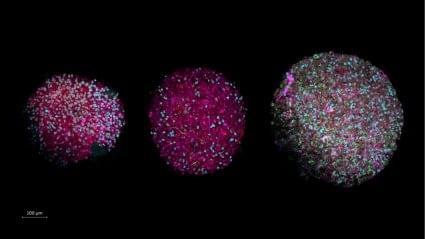
Despite AI’s impressive track record, its computational power pales in comparison with that of the human brain. Scientists unveil a revolutionary path to drive computing forward: organoid intelligence (OI), where lab-grown brain organoids serve as biological hardware. “This new field of biocomputing promises unprecedented advances in computing speed, processing power, data efficiency, and storage capabilities – all with lower energy needs,” say the authors in an article published in Frontiers in Science.
Artificial intelligence (AI) has long been inspired by the human brain. This approach proved highly successful: AI boasts impressive achievements – from diagnosing medical conditions to composing poetry. Still, the original model continues to outperform machines in many ways. This is why, for example, we can ‘prove our humanity’ with trivial image tests online. What if instead of trying to make AI more brain-like, we went straight to the source?